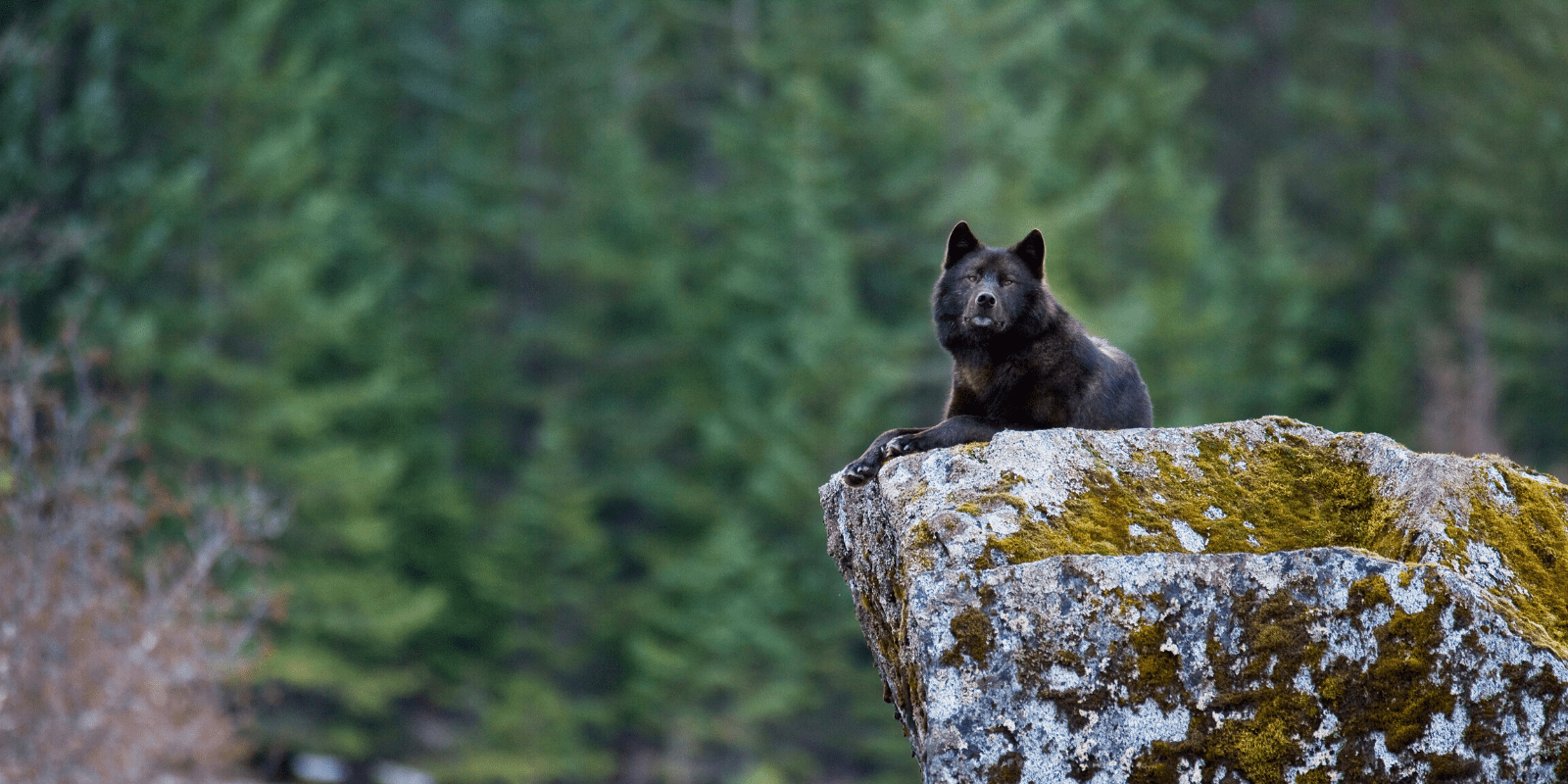We have much more to do and your continued support is needed now more than ever.
5 Reasons We Must Keep Roads Out of Our Last Wild Lands

There are some places in the United States that are too special to be carved up by roads. These are wild, untamed swaths of public lands where birds can fly, fish can swim and wildlife can run unfettered by manmade structures. Enacted in 2001, the Roadless Rule prohibits road construction and logging on 58 million acres of U.S. Forest land in 39 states. It’s designed to protect watersheds, wildlife, and critical habitat.
Earlier this year, the Trump administration announced it would end Roadless Rule protections on all 9.2 million acres of roadless areas in the Tongass National Forest in Alaska. The Tongass is the nation’s largest old growth forest and one of the world’s largest temperate rainforests. Lifting protections in the Tongass not only endangers wildlife and watersheds, it could have a devastating effect on the regional economy. It could also set a dangerous precedent for other roadless areas.
Here are five reasons we need to protect the Roadless Rule in the Tongass and throughout the country.
The Roadless Rule protects one of the nation’s largest salmon spawning sites.
While it may sound surprising that roads impact aquatic life, there’s a clear correlation. Road construction causes erosion into streams and rivers, while bridges and culverts can disrupt fish migration. Under the Roadless Rule, the largest salmon spawning site in southeast Alaska has been protected. Frequently called the ‘salmon forest’ because its abundant streams support robust salmon migration, the Tongass is responsible for 80-percent of the commercial salmon harvested in southeast Alaska. Those fisheries generate $60 million annually, according to the U.S. Forest Service. Many species also rely on the salmon that live in the forest, like bears and the iconic bald eagle.
The Roadless Rule fights climate change.
The Tongass National Forest stores the equivalent of 8 percent of all the stored carbon in the Lower 48’s national forests put together, making it one of the most important carbon sinks in the country. A carbon sink is a natural body like a forest, ocean, or grassland, that absorbs carbon dioxide from the atmosphere and stores it, in the case of the Tongass, in the form of ancient trees and organic soil matter. Protecting carbon sinks like the Tongass is critical in the fight against climate change because when these reservoirs are destroyed, vast amounts of stored carbon is released into the atmosphere and they lose their ability to continue absorbing carbon dioxide. By getting rid of roadless protections, timber companies will gain access to some of the most important reserves of old-growth forest in the Tongass and could decimate hundreds of years’ worth of carbon storage.
The Roadless Rule protects drinking water.
More than 60 million Americans get their drinking water from national forest streams and 20-percent of all freshwater in the U.S. originates on U.S. Forest Service lands. One of the justifications for the Roadless Rule was protecting water supplies. Forest land acts as a natural water treatment facility regulating runoff and filtering out pollutants. Mike Dombeck, former Forest Service chief and one of the architects of the Roadless Rule, estimates that millions of dollars in water treatment have been saved because of the Roadless Rule.
The Roadless Rule protects imperiled wildlife.
According to the U.S. Forest Service, roadless areas provide habitat for more than 200 threatened and endangered species, including California condors, brown bears and lynx. They also support 1,930 sensitive plant and animal species. Roadless areas ensure that large, landscape-scale wildlife migration corridors remain intact for the smallest fish to the largest predatory species. Wildlife depend on these pathways for food, genetic diversity, reproduction and seasonal migration.
Roadless areas are what connecting to nature is all about.
Roadless areas around the United States provide unparalleled opportunities for hiking, fishing, camping, climbing, skiing and much more. Expansive, uninterrupted forests are awe-inspiring to all who seek solitude. To quote the final environmental impact statement for the Tongass Roadless Rule: “[These values] may represent the feelings that people have for wild, natural landscapes that are often difficult to put into words. Although difficult to characterize or value in monetary terms, these types of values are very important for a lot of people.” Roadless areas are important simply because we know they are there.
The U.S. Forest Service is accepting public comments on its plan to end Roadless Rule protections in the Tongass Forest. Please tell the agency how important those protections are for fish, wildlife, watersheds, climate change and our way of life.
Deadline is December 17.
Take Action!





















